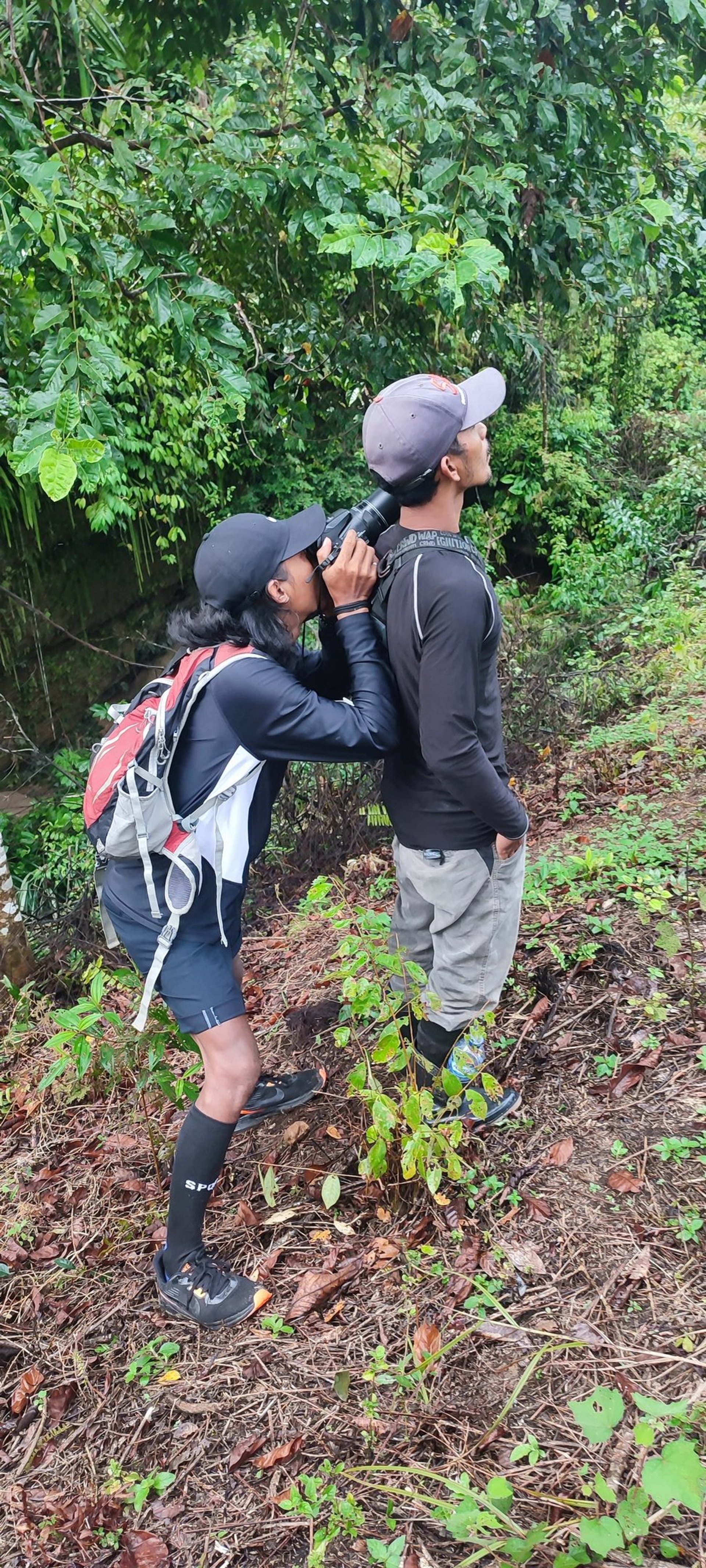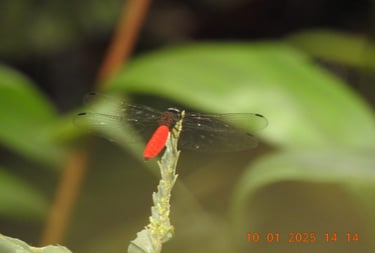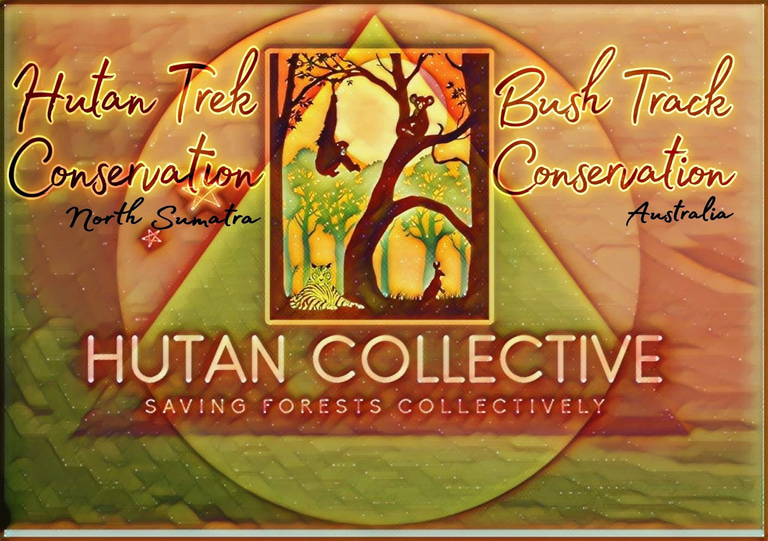Protecting wildlife and indigenous communities while promoting universal peace through sustainable practices in rainforest ecosystems.
HUTAN TREK CONSERVATION
Batu Kapal, North Sumatra
Join us in Hutan Trek Conservation,
An exciting conservation project founded by Hutan Collective.
The project is located on private-owned land in the Batu Kapal area, on the border of Gunung Leuser National Park, a UNESCO World Heritage Site, near Bukit Lawang, North Sumatra. The project will utilise privately-owned land, including a plot of land specifically purchased for conservation, called Hutan Trek.
The wildlife in the Gunung Leuser system is extremely unique and diverse, and unfortunately endangered. Many species have already suffered due to environmental and social pressures. Hutan Trek Conservation aims to protect the wildlife and foster a deeper appreciation/education for the biodiversity in the area, while also supporting the local community.
Why Support Hutan Trek Conservation?
Hutan Trek is a parcel of land, previously a rubber plantation, working as a wildlife corridor in the Gunung Leuser Ecosystem that provides access from privately owned land to the adjacent Gunung Leuser National Park. Most of the land bordering the National Park has been converted (for Palm Oil Farming etc.) and can no longer support much of the wildlife. Hutan Trek remains a natural habitat and must be conserved for wildlife to inhabit and use as a commuting pathway between the National Park and private land.
UPDATE - WE HAVE TIGERS AND SUNBEARS ON OUR CAMERA TRAPS!!!!!!!!!!!!!!!!!!!!!
Animals seen to frequent Hutan Trek itself include - Silvered Leaf Monkeys, Long-Tail Macaques, wild pigs, various birds including the Wreathed Hornbill, interesting invertebrates such as the Long-horned Orb Weaver.
Orangutan nests have been observed there, there is evidence of porcupine, and Sumatran Tiger footprints have been sighted nearby.
A wildlife centred land management model is all important here, that works collaboratively with and benefits local people.
The aim of Hutan Trek Conservation is to provide a well managed wildlife corridor that acts as a buffer zone between the private land and National Park, so animals can safely move between.
With your help, we can build a sustainable model of coexistence and conservation. To start building a workable model, research is necessary.
Meet the
Hutan Trek team
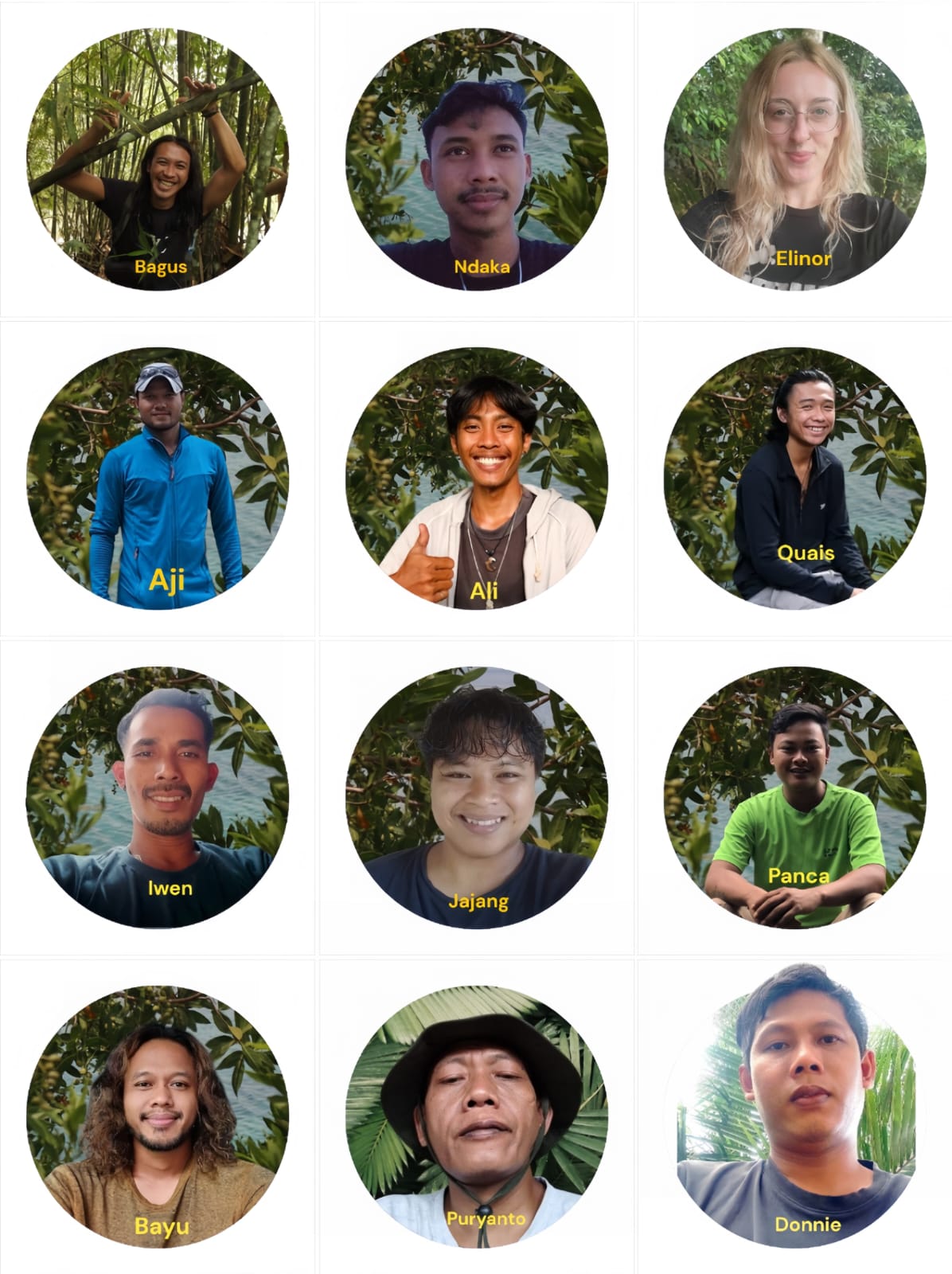

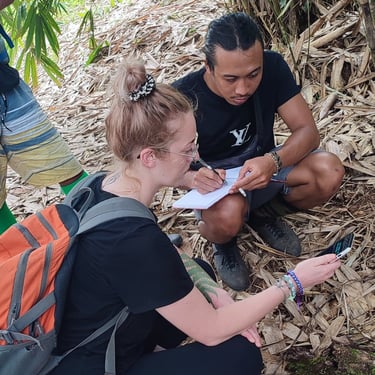
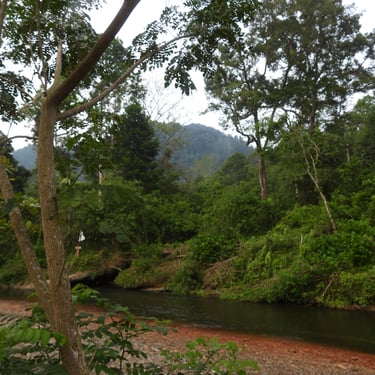
The team comprises of dedicated local conservationists, along with a few international partners, who are committed to protecting the forests of Sumatra. The local population faces significant economic challenges, and there is substantial pressure to engage in unsustainable practices, particularly in palm oil farming, to support their families. To address this issue, it is crucial to empower local communities by helping establish sustainable income opportunities through conservation initiatives. By fostering a balance between environmental protection and economic stability, we can support both the well-being of the people and the preservation of their natural surroundings.
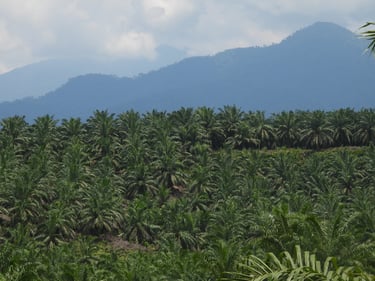
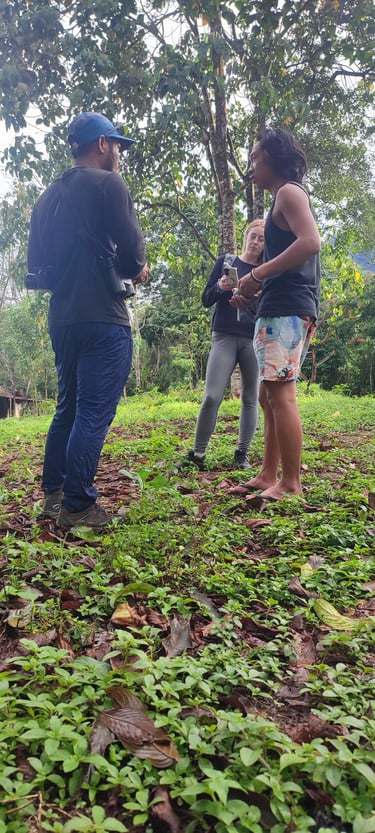
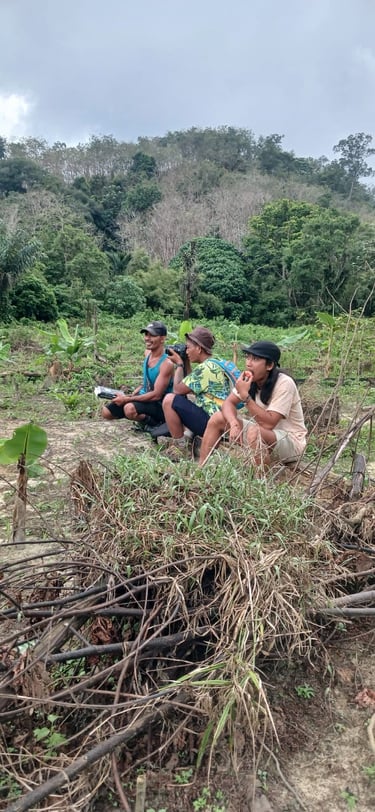
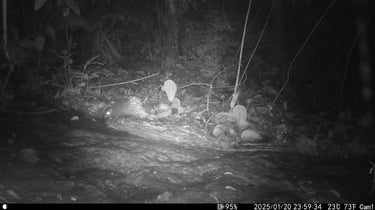
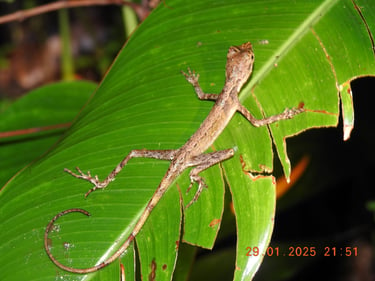
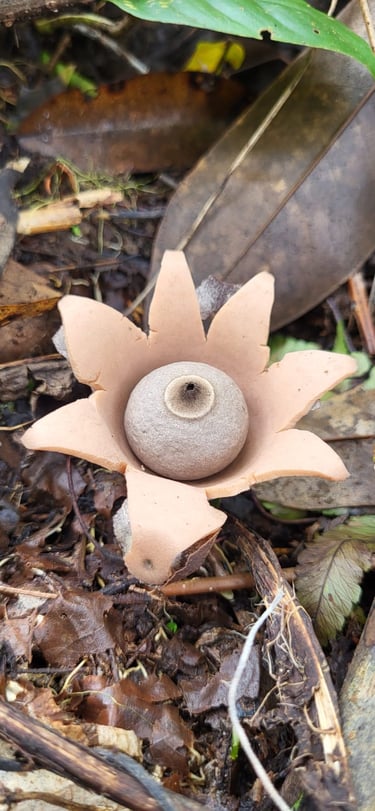
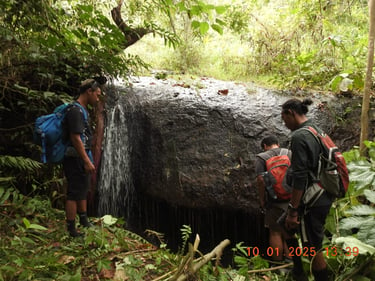
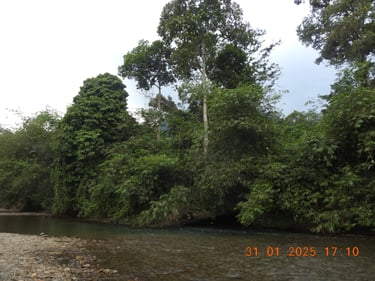








Hutan Trek Conservation Strategies for protecting wildlife and indigenous communities while promoting peace in forest ecosystems:
Sustainable Practices
1. Eco-Tourism: Developing eco-tourism initiatives can create economic opportunities for local communities while emphasizing the importance of conservation. Responsible tourism practices can educate visitors about the ecological and cultural significance of forests, fostering a deeper appreciation and commitment to preservation
2. Agroforestry: This practice involves integrating trees and shrubs into agricultural landscapes. By doing so, it enhances biodiversity, improves soil health, and provides additional income sources for local farmers. Agroforestry can also help mitigate climate change by sequestering carbon, making it an essential practice in rainforest regions.
Community Engagement
3. Empower Indigenous Voices: It is crucial to involve indigenous communities in the decision-making processes regarding their land and resources. Their traditional knowledge and sustainable practices have evolved over generations and can provide valuable insights into effective conservation strategies. Empowering these communities ensures that their rights and cultures are respected.
4. Education and Training: Providing educational programs and skills training can help local populations develop sustainable livelihoods. Training in sustainable farming, forest management, and eco-tourism can reduce dependence on destructive practices and enhance community resilience.
Research and Monitoring
5. Biodiversity Studies: Conducting comprehensive research on the health of forest ecosystems is critical. This research can inform conservation strategies, identify key species and habitats that require protection, and monitor the impacts of human activities on biodiversity.
6. Community-Based Monitoring: Engaging local communities in monitoring wildlife and ecosystem health fosters a sense of stewardship. Training community members to collect data can enhance conservation efforts and provide valuable insights into ecological changes.
Promoting Peace
7. Conflict Resolution: Many conflicts arise over land use, resource exploitation and wildlife rights. Implementing conflict resolution mechanisms that encourage dialogue and negotiation can help mitigate tensions between local farmers and wildlife.
8. Cultural Exchange: Promoting cultural exchange programs can foster understanding between indigenous communities and external stakeholders. These programs can highlight the importance of preserving indigenous cultures and the ecosystems they inhabit, creating a shared commitment to conservation and peace.
Conclusion
By integrating sustainable practices with the rights and knowledge of indigenous/local communities, we can create a balanced approach that protects wildlife and promotes universal peace. This holistic strategy not only conserves ecosystems but also enriches the cultural fabric of communities, leading to a sustainable and harmonious future for both people and nature. Through collaboration, education, and respect for indigenous rights, we can work towards a world where biodiversity thrives, and communities flourish
